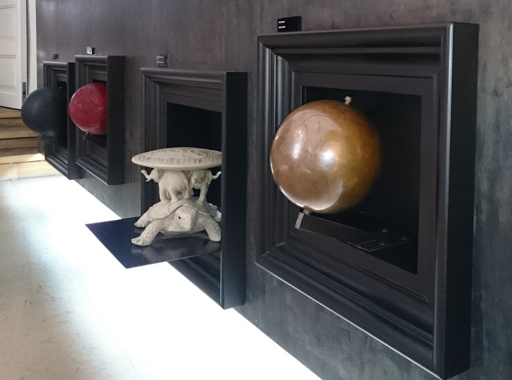Projection Makes the World go Round
March 30th, 2021 | by Andreas Richter
(1 min read)
Since the very beginning human mankind tries to map its 3d world to 2d media and often the truth falls by the wayside…

Our world isn’t a disc but it isn’t a sphere either. Instead, it is quite bumpy. To get this thing flattened to display it on screens or print it on paper people invented projections to “map” the world. The most famous one is the Mercator projection that tries to stuff the earth into a cylinder. The Universal Transverse Mercator projection uses 60 cylinders to select the best fitting one. But the huge disadvantage is that everything far away from the equator gets distorted and everybody believes that Greenland is as huge as Africa. But it’s not, check it out! You could hide the United States, China and India together in Africa and it would have still space enough for other countries to join!
Mapping the elevation was even more complicated. In the beginning the sea level was used as reference, luckily climate change wasn’t a real issue at that time. But who ever could have thought that the sea level is different from sea to sea?
There are a lot of different projections out there trying to meet reality as good as possible. But all fail in a specific aspect and then again none of them are wrong in general. They map in different ways and you have to choose the right one for your use case. It’s the same with simulation models: they simplify reality to be able to become computable. If you simplify too much the result of the simulation will be misleading.
If you have selected the right projection for your use case why not selecting one for your lifestyle as well? Check the famous xkcd webcomic to choose the right one.